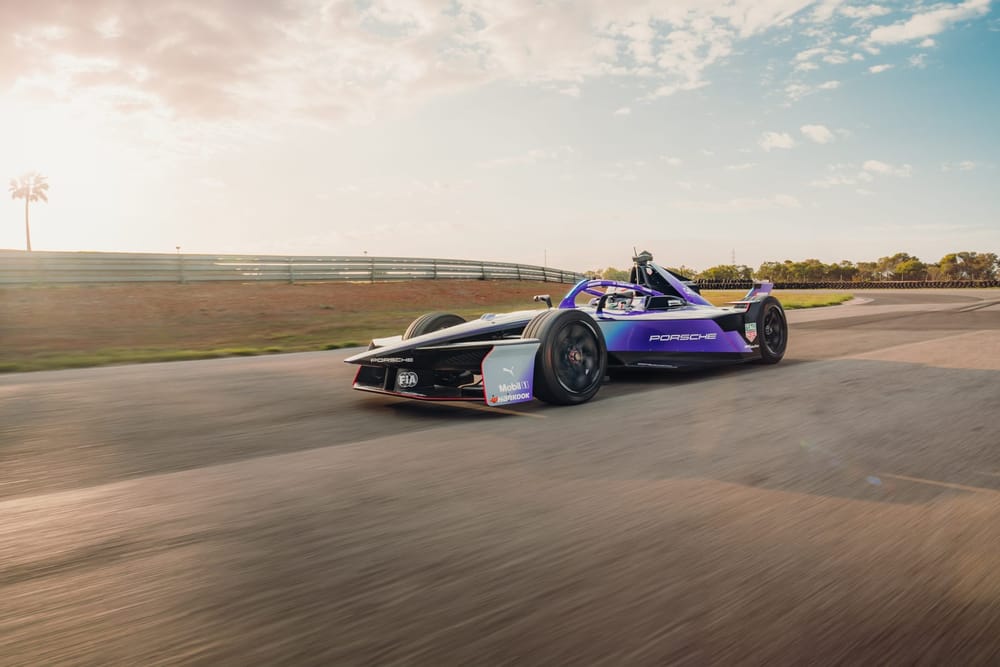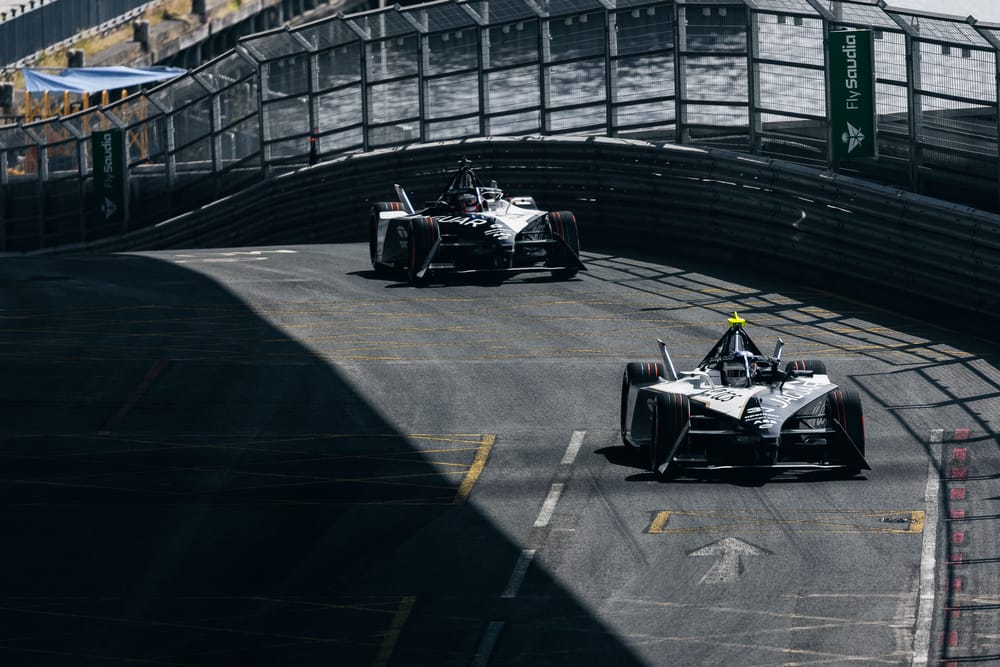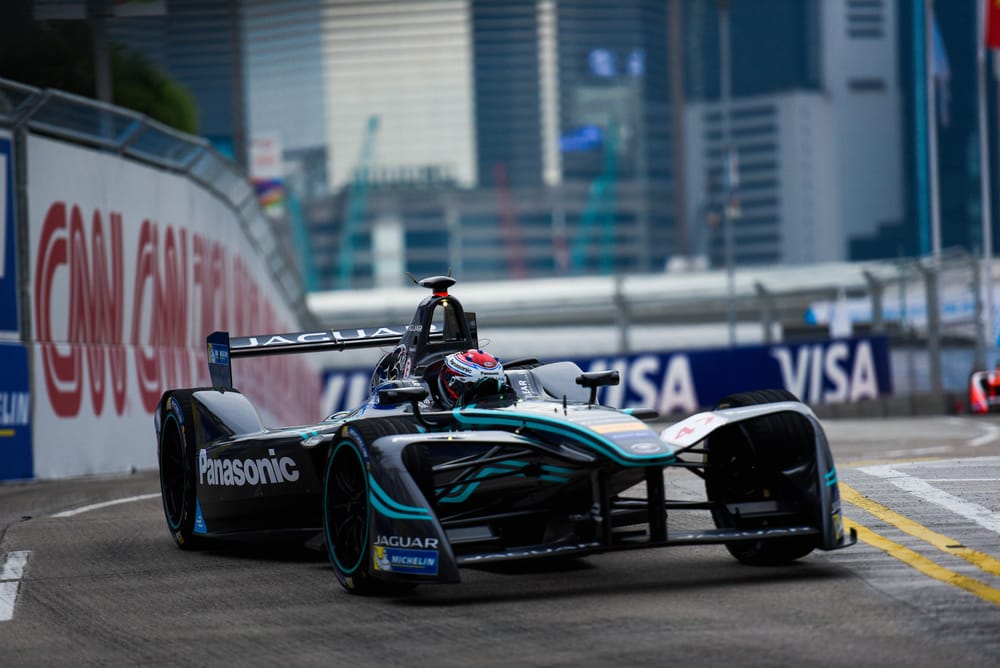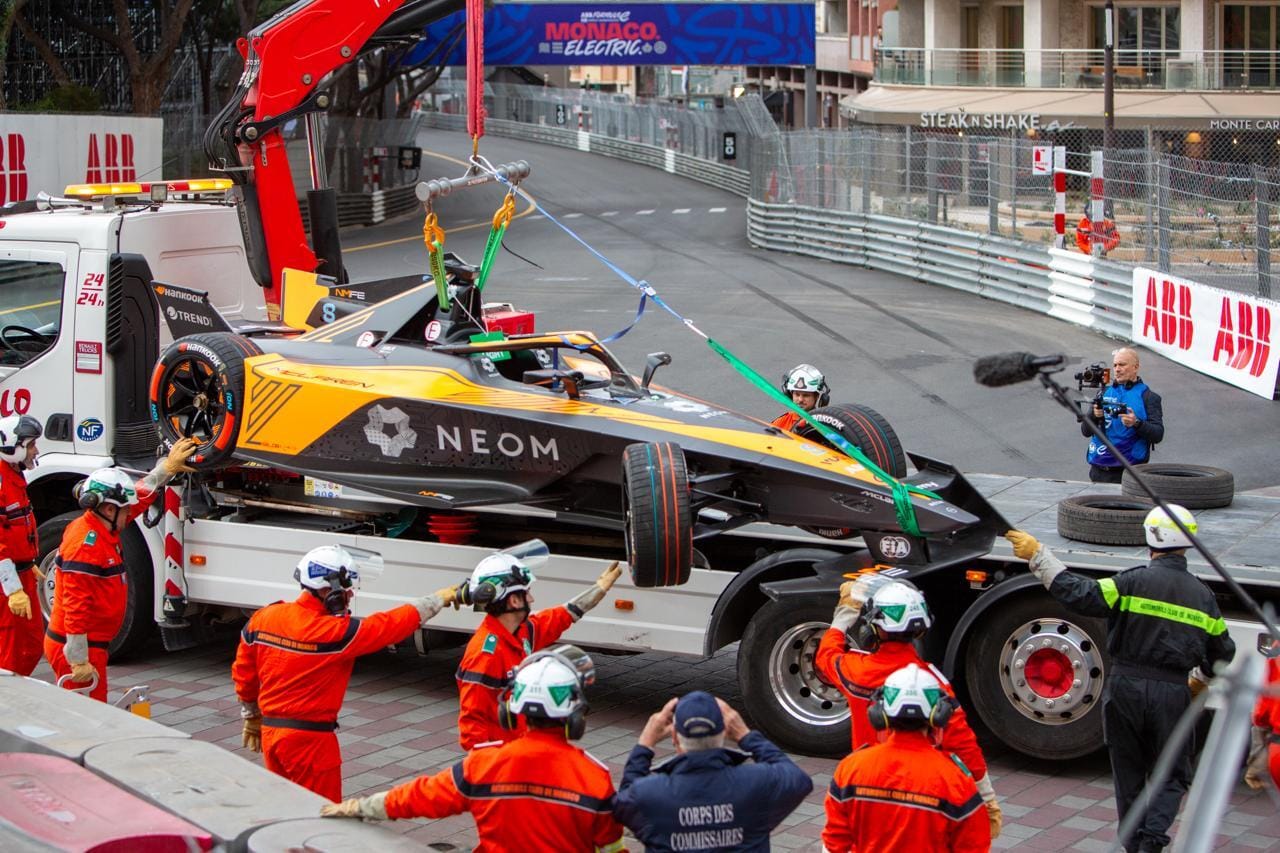The mid-generation updates for Formula E cars will be seen collectively for the first time at Jarama this week with anticipation high on how they will both improve laptimes and potentially shake up the competitive order.
The last-minute change of pre-season venue forced upon Formula E has seen a colossal logistical effort to transfer freight and equipment from Valencia to Jarama, but six sessions for the regular field and one for the highly anticipated female test will take place between Tuesday and Friday afternoon.
Here, The Race goes through the five main technical and sporting challenges for the 22-car all-electric field as it prepares for the 11th season which kicks off in Sao Paulo on December 7.
A 'violent' launch?
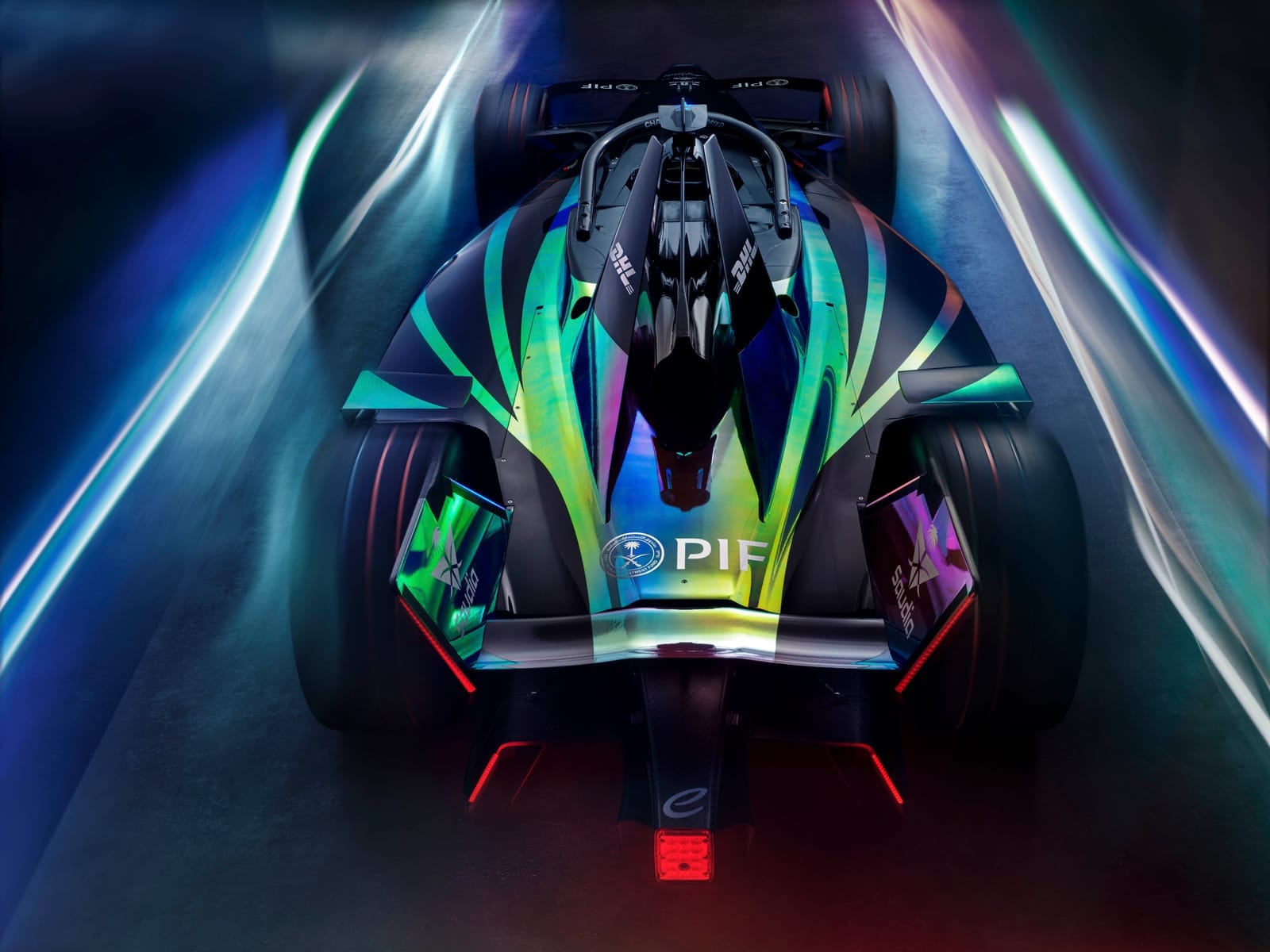
Increased torque on the front axle in the launch phase of race starts will be the biggest visible difference this season as All-Wheel-Drive (AWD) finally comes to Formula E races.
The increase in pure acceleration and the subsequent traction has been described to The Race by new Maserati MSG driver Jake Hughes as being “so violent.”
“I've got quite used to over the years when you do a race start, I wouldn't put my head on the headrest for when it was time to launch the car,” added Hughes.
“The launch is so violent now that the first two times I did it without resting my head on the headrest, I basically got drop-kicked by my own race car on the back of the head, it's that violent.
“So, after those two times that happening, I thought, ‘right, well, I might start to pre-load my head on the headrest, ready for the start'."
The use of the AWD will also be seen in the 350kW phases of qualifying, in the duel phases, and also in the races when the attack mode loops are taken.
Our 2024/25 challenger on track. 😍 pic.twitter.com/kVw9qcKaVQ
— NEOM McLaren FE (@McLarenFE) November 4, 2024
The enablement of the AWD is a classic case of God (the FIA) giving with one hand, while taking from another though, because it will challenge the teams in areas it has not been tested in previously.
It has presented the engineers with a complex dilemma now. The drivers will still have 350kW of power available, but now there is a choice with the AWD on how it is used.
50kW can be put on the front axle but you have to take away that power from the rear axle. It's making drivers have a choice in distribution of power.
“Crucially it won’t be automatic put full (power) on the front axle, because if you're turning at the same time, the front tyre can only do so much,” reckons DS Penske technical director, Phil Charles.
“So, you've got to map the best way to put that power through each axle and blend it.”
This won’t affect the braking disciplines in the car for the driver because there was always 250kW available on the front axle to brake, that doesn't change. But it’s on the exit of the corners where the active element of the power gets really interesting, especially on the new Hankook tyres.
New Tyres
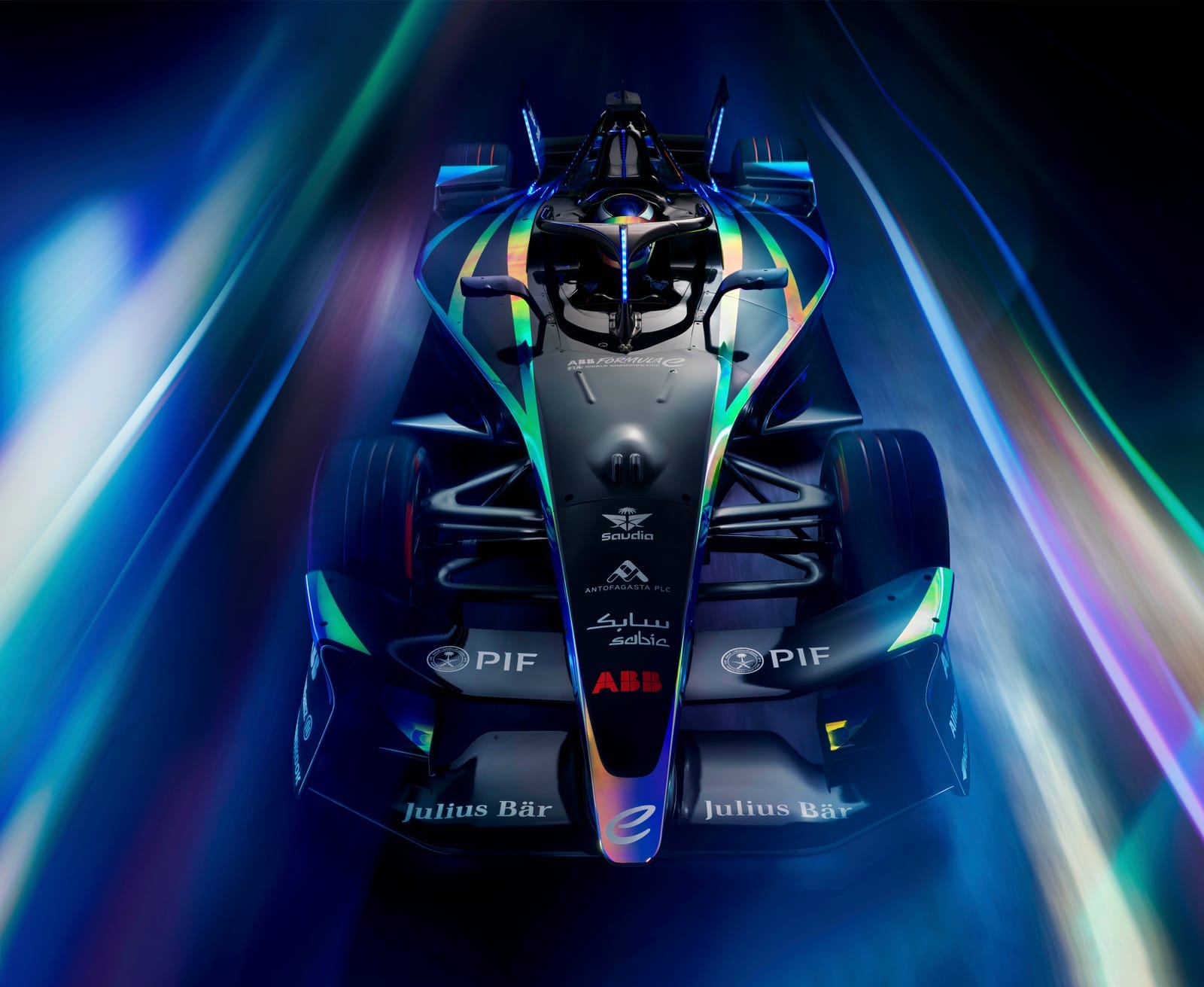
From the 300kW non-active to 350kW active state of the car, what we are really looking at is a mindset change for the drivers.
For the engineers, it will mostly be about the mapping capabilities in advance. Drivers will instinctively want to get on the throttle using the front axle as much as possible because it takes the load off the rear tyres that are doing all the work on traction.
But they can't. Because the more power put through the front, the more the tendency is to understeer. That means each corner needs to be prepared carefully through prior mapping.
“The drivers might change their style and they might realise that ‘OK, I want to straight-line the car a little bit earlier, because then I get to use the AWD,” says Charles.
“They might change their style from a 300kW lap to 350kW and then it’s up to us to wrap the tools and all the mapping around that.”
Our provisional schedule ahead of pre-season testing @Circuito_Jarama. pic.twitter.com/UzQDvYy4OQ
— Formula E (@FIAFormulaE) November 3, 2024
Chuck in the changes of rubber for Gen3Evo and you have a great shake-up cocktail that is likely to mix things up, certainly in the early formative races.
The construction of the new Hankooks is similar to last year's but with some specific enhancements to the spec. There's a change in the sidewall of the product with material removed, meaning that the construction is from a similar family, but a change, nonetheless.
The compound is the really big difference now. In Gen3 there were actually two compounds in the tyre, a softer one on the inside half and a stiffer compound on the outside of the tyre. It's now one compound.
It’s a more race-orientated compound now meaning that while there will be extra grip and using the perennial racing maxim of nothing coming for free, the degradation will be quicker, particularly in 250kW AWD usage.
There will also be a different temperature window meaning that it will not be "like for like in terms of operating range, it's got a different operating range, and you have to work around that,” according to Charles.
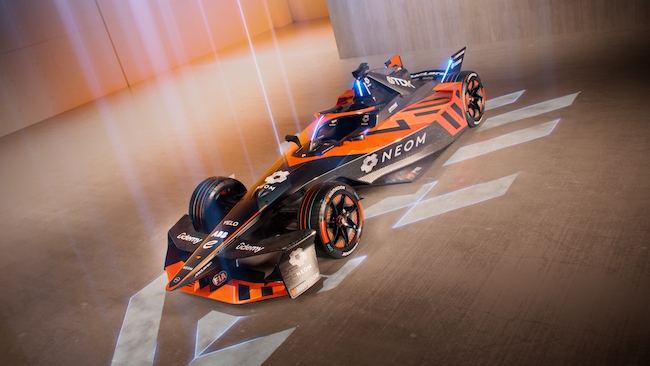
Drivers and teams asked for more grip and they have it but there is one concern that may or may not raise its awkward head, depending on which way the wind blows.
“Formula E wanted to increase the grip overall from the tyres, which I think is great,” said new Maserati MSG team principal, Cyril Blais.
“And by doing so, they actually altered the compound a little bit, which makes the tyre a bit more peaky, have a bit more grip, but also induce the element of degradation, which I think will be great for the races,
“But an interesting one and my only worry could be the performance of the tyres in the wet which have already rung some alarm bells.”
Blais makes an interesting point because the all-weather tyres in some natural and simulated wet weather testing this summer have proved tricky at best and in the words of one driver who preferred to remain nameless “pretty much impossible to drive” at worst.
Attack Charge
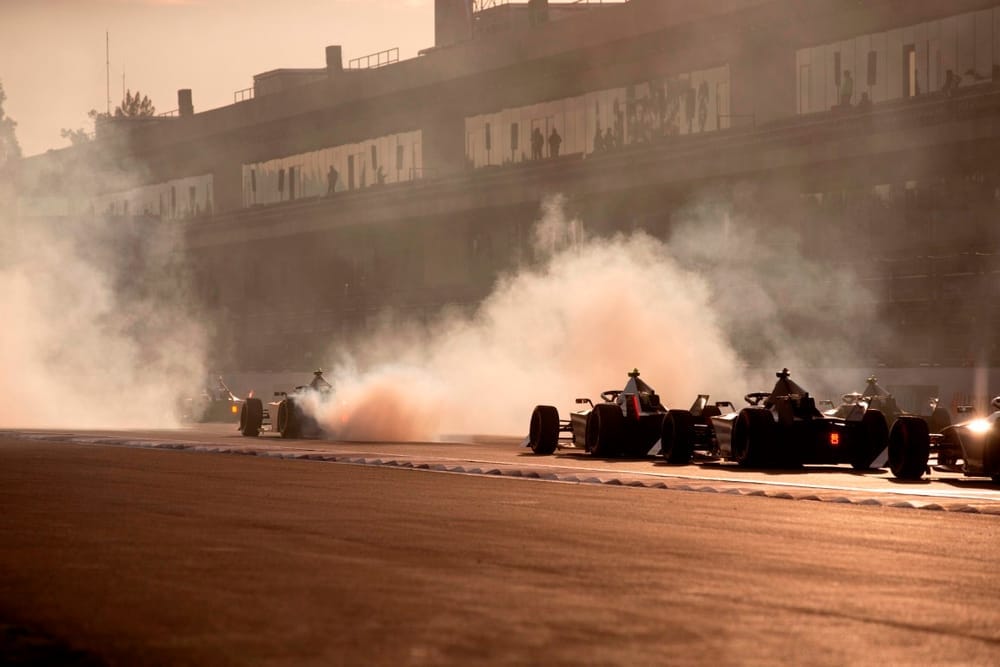
The Race can reveal that the first attack charge ‘race’ will be at Jarama on Thursday afternoon as a special 24-lap race, using a 42.35 kWh usable energy allowance, will be run. It will also include eight minutes of attack mode, to be taken in two hits.
Teams have had to put resources into all aspects of the potential of the mid-race attack charge energy boost becoming a regular feature of Formula E races in the coming season.
🚨 FAST CHARGING FIRST-LOOK 🚨#FormulaE teams are testing the new attack charge boosters at Valencia ahead of their 2024 debut.
— The Race (@wearetherace) October 24, 2023
Eight of the units are being shared among the 11 teams this week.
Here's McLaren's Jake Hughes receiving an energy boost ⤵️
🗣️ @sniffermedia pic.twitter.com/PsKHPEOP5M
It isn’t quite ready but could well be after being validated more at the upcoming Jarama test. That means teams will have to be ready for a new element that will be quite a complex subject.
Strategically there's a lot to understand but this will be a case of a new rule being explored a lot in the first races where it's used, and a huge amount being learned through that process.
There is a lot of simulation going on about how an attack charge race might unfold and evolve because it will be so different. There will be undercut and overcut scenarios in the middle of the race meaning that if drivers have saved up a lot of energy then there will be certain windows of when to take the energy-boosting stops for strategic gain.
The terms ‘clear air’ something that essentially has not existed in Formula E over the last few seasons will come into the lexicon of races now. There will be elements of trade-off situations on when to make the stop.
“We are working hard on it already, regarding strategy options, to keep all scenarios on the table,” Porsche director of motorsport for Formula E, Florian Modlinger, told The Race.
“If it's introduced, and when it's introduced, you will see different racing or different approaches where you can make a big difference, especially around the pit stop window.
“And there we need to be prepared properly that another team is surprising us with an option we have not in place.”
Will Tactical Contact Return?
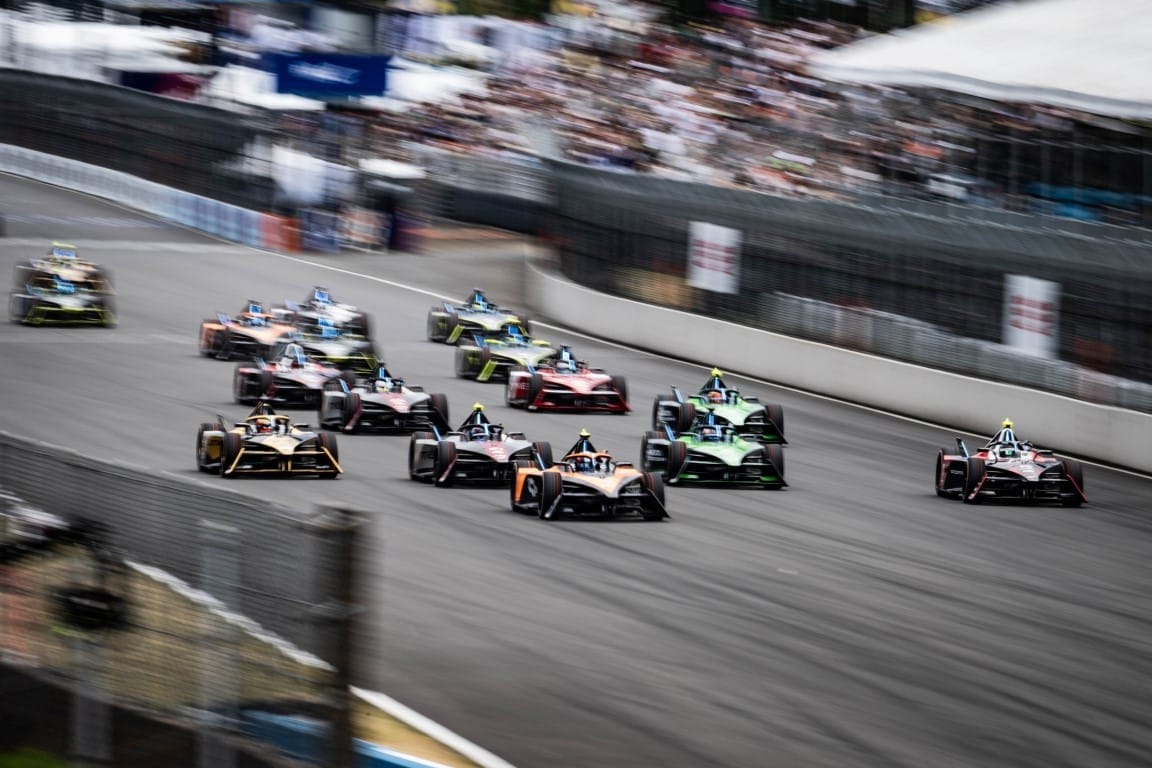
A re-profiled bodywork kit has been part of the update package for the Gen3 car and when you change that there will always be different characteristics from an aero perspective.
Formula E is clearly not an overt aero formula but that doesn’t mean the teams don’t have to study how the airflow works.
The biggest change is clearly the front wing and that flow that comes off the new elements will affect steer, yaw and roll characteristics.
Debuting the GEN3 Evo with @therealdcf1 ⚡️
— Formula E (@FIAFormulaE) October 26, 2024
Not long to go now until we see the new generation of Formula E cars on track! pic.twitter.com/Ar37rDz4Nq
At the moment all the teams are trying to understand the new aero package. It may be that in some tracks they have to set the car up slightly differently because of the aero balance shift or just the absolute values, which could be different.
Jarama will be less of an interesting track for Formula E compared to Valencia because there are less high-speed corners, some of which are essentially used as simulation turns. As an example, the first and last corners at the Circuit Ricardo Tormo had similar attributes to the final turns at the Circuit Hermanos Rodriguez, albeit in reverse direction.
Now, the teams will have a facility with much less run-off but a similarly long straight, which like Valencia, will be broken up by a temporary chicane.
With a small change on the drag, teams will be correcting some of their simulation tools to set up the cars around the changes and optimising.
The one thing they can’t simulate is how robust the front wing is now. It has a different construction which in theory should make it stronger and less likely to crumble after small contacts.
Rather counterintuitively though this could actually lead to more tactical contact throughout the field with drivers less worried that they will have to pit for repairs.
We saw it in Gen2 when some drivers clearly took decisions to give opponents shoves knowing they’d get away with minimal damage and possibly blindside the race director in the maelstrom of the midfield.
Steering familiarity
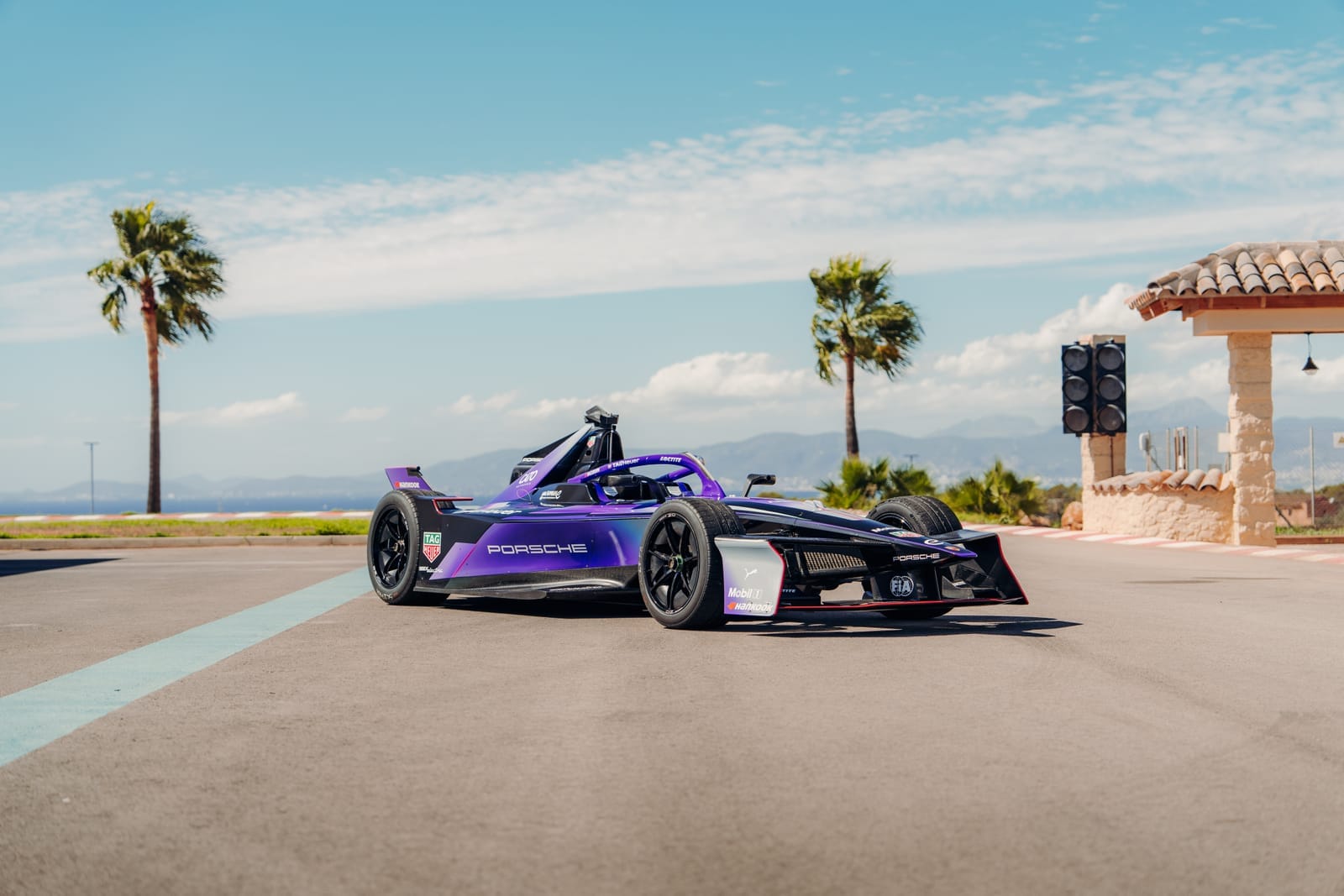
As revealed by The Race last month the FIA could mandate a new steering damper that will act as a safety device to attempt to alleviate the hand injuries seen in Formula E since the introduction of the Gen3 car.
This may be used in conjunction with a re-profiling of the steering wheel itself, some of the steering wheel button edges and also possibly introducing specially adapted gloves for drivers to further protect their hands in the event of an impact.
But it’s the steering damper, that if mandated, could give some drivers a different feel for how they drive these cars.
The Race can reveal that the way the system works is that there is a pipe connected to either side of the steering rack which is a change because previously there has been no hydraulics in the rack at all, with a simple rack and pinion design.
In the middle of the rack is a valve block with the idea being that the concept doesn't do anything until a very high rate of change in velocity (impact) on the steering occurs, and then the valve activates and tries to slow down that motion.
Specific setting adjustments are likely to be further tested in Jarama before a decision is taken in to whether this will be used in conjunction with the aforementioned other safety change.
How might it affect drivers' feel and style?
That remains an unknown, but there is a theory that in highspeed corners it may need an adjustment of correction for drivers if the damper system becomes a regular component used.


